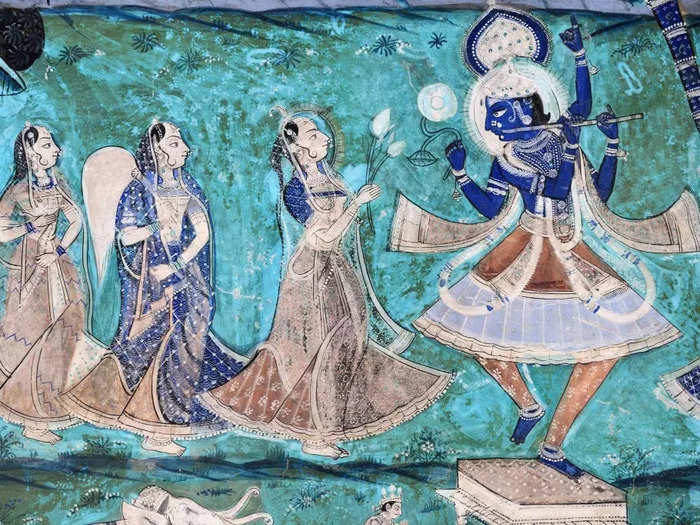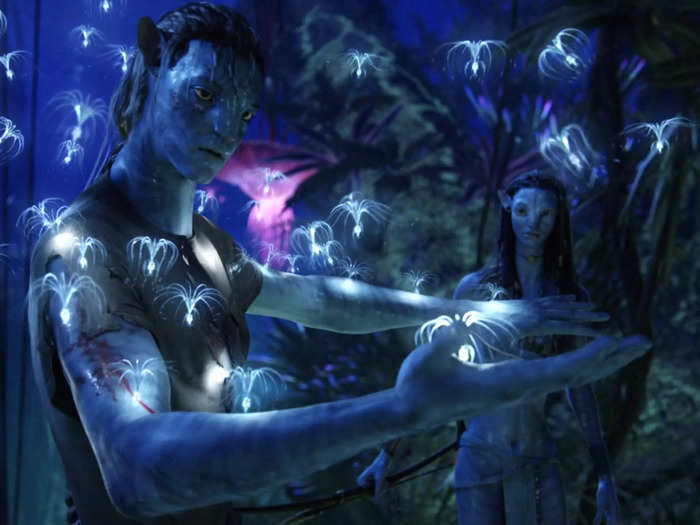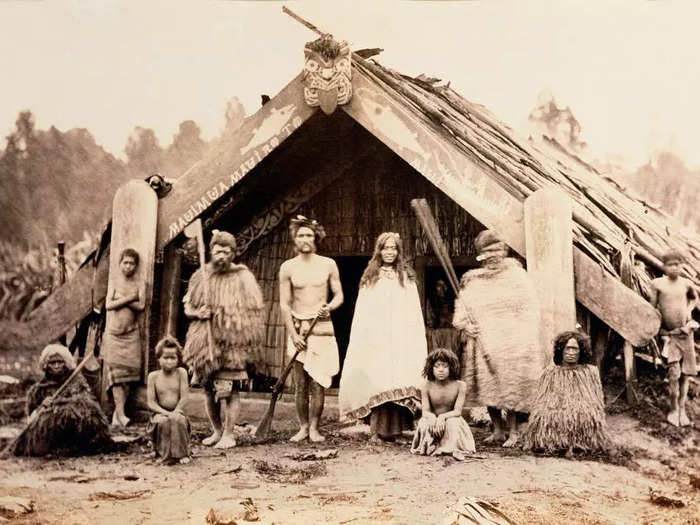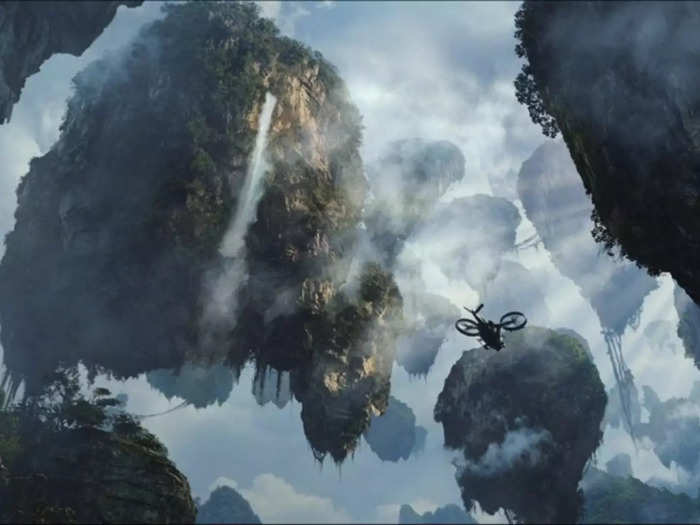- Home
- entertainment
- news
- From the Na'vi's blue skin to the Hallelujah Mountains, how the world of James Cameron's 'Avatar' draws inspiration from Indigenous and Asian cultures
From the Na'vi's blue skin to the Hallelujah Mountains, how the world of James Cameron's 'Avatar' draws inspiration from Indigenous and Asian cultures
Yoonji Han
- "Avatar" is a sci-fi re-imagining of the European colonization of the Americas, James Cameron said.
- The film drew inspiration from other movies with similar themes, like the Japanese anime "Princess Mononoke."
The storyline of the first "Avatar" film is a re-imagining of European colonization of the Americas.
The main plot of the first "Avatar" film — which centers around the battle between the Na'vi people of Pandora and the humans attempting to colonize their planet — alludes to the European colonization of the Americas between about 1492 and 1800.
"Avatar is a science fiction retelling of the history of North and South America in the early colonial period," director James Cameron stated in his legal declaration after he faced lawsuits alleging he stole the idea for "Avatar" from existing films and TV shows.
"Avatar very pointedly made reference to the colonial period in the Americas, with all its conflict and bloodshed between the military aggressors from Europe and the indigenous peoples. Europe equals Earth. The native Americans are the Na'vi. It's not meant to be subtle," Cameron said.
The film's theme of protecting biodiversity and ecosystems is also tied to the central plot of imperialism, according to Bron Taylor, professor of religion and nature at the University of Florida.
"The film metaphorically tells a true story about how imperial cultures have spread around the world, destroying indigenous societies and biological diversity everywhere they prevail, which has been almost everywhere," Taylor, who wrote "Avatar and Nature Spirituality," told Insider.
However, the film was criticized for what some moviegoers called a "white savior" narrative.

Despite its resounding success in the box office, "Avatar" has also been characterized as a "white savior movie" by some critics, as the Na'vi people ultimately defeat the humans after Jake Sully, a former Marine officer who is genetically engineered to become an avatar, helps save them.
"Avatar" was also influenced by Japanese anime.
In addition to films like "The Emerald Forest," "Dances with Wolves," and "The Jungle Book" — all of which deal with interactions between white characters and indigenous cultures — Cameron cited Hayao Miyazaki's film "Princess Mononoke" as an inspiration for "Avatar."
"Princess Mononoke" tells the story of a young protagonist who finds himself in the middle of a war between the forest gods and a mining colony. (Some critics and moviegoers have decried "Avatar" as a ripoff of the anime film.)
Cameron also called the Japanese cyberpunk manga and anime "Ghost in the Shell" the future of "Avatar," in terms of how humans can remotely control, and transfer their personalities into, alien bodies.
The term "avatar" draws from Hinduism.
The term "avatar" means "descent" in Sanskrit. In Hinduism, it refers to the gods descending from the heavens and taking on human or animal form.
"In this film what that means is that the human technology in the future is capable of injecting a human's intelligence into a remotely located body, a biological body," Cameron said in a 2007 interview with Time.
The Na'vi's blue skin is also a reference to Hindu gods.

The human manifestations of several Hindu deities, including Vishnu, Krishna, and Rama, are pictured with blue-colored skin — just as the Na'vi do.
"I just like blue. It's a good color," Cameron told Entertainment Weekly in 2010. "Plus, there's a connection to the Hindu deities, which I like just conceptually."
Indigenous societies provide one of the greatest inspirations for the film's spirituality.

The ecosystem of Pandora has achieved sentience through its network of electrochemical connections between the planet's trees and plant life. The spirituality in the world of "Avatar" draws from indigenous societies, according to Taylor.
"There are pantheistic themes in which the entire world is perceived to be deeply interconnected and even divine," Taylor said.
The relationships between the Na'vi and Pandora are "characterized by reciprocity — not just an exploitative intention — and feelings of empathy, even kinship," Taylor added.
The Na'vi language has Maori, African, and Native American roots.

Cameron hired Paul Frommer, a linguistics expert at the University of Southern California, to create the Na'vi language, which has roots in different real-life cultures, according to Entertainment Weekly.
"He riffed off the 30 or so character names, place names, and creature names that I had come up with. They had a little bit of a Polynesian/Maori influence because of some time I had spent in New Zealand and in other places throughout Polynesia. So he used some Polynesian roots — but there's also some African, there's Native American, there's even some bits from the Latin languages — and then he mixed it all up with German sentence construction, where the verb comes last," Cameron said.
The Huangshan mountains of China inspired Pandora's floating Hallelujah Mountains.

Floating in mist like icebergs at seat are the Hallelujah Mountains of Pandora, which the film's designer Dylan Cole said were largely inspired by the karst limestone formations in China — namely Guilin, Huangshan, and Zhangjiajie.
Other inspirations were the Tepuis in Venezuela and the karst formations in Thailand.
Popular Right Now
Popular Keywords
Advertisement